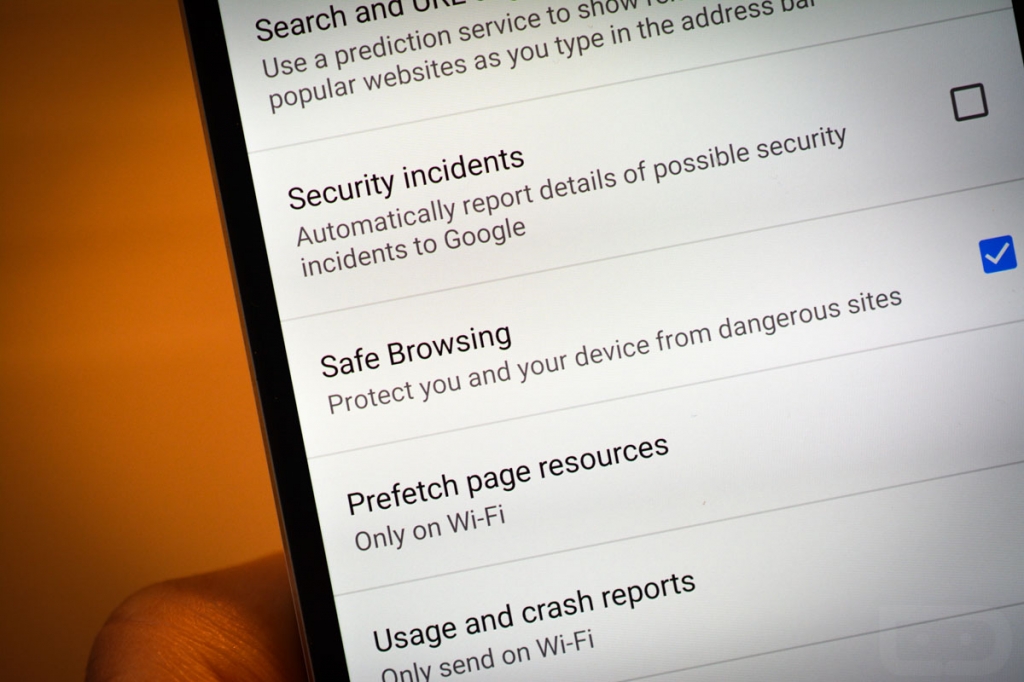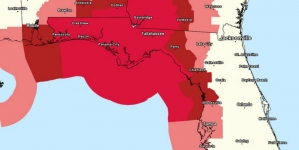-
Tips for becoming a good boxer - November 6, 2020
-
7 expert tips for making your hens night a memorable one - November 6, 2020
-
5 reasons to host your Christmas party on a cruise boat - November 6, 2020
-
What to do when you’re charged with a crime - November 6, 2020
-
Should you get one or multiple dogs? Here’s all you need to know - November 3, 2020
-
A Guide: How to Build Your Very Own Magic Mirror - February 14, 2019
-
Our Top Inspirational Baseball Stars - November 24, 2018
-
Five Tech Tools That Will Help You Turn Your Blog into a Business - November 24, 2018
-
How to Indulge on Vacation without Expanding Your Waist - November 9, 2018
-
5 Strategies for Businesses to Appeal to Today’s Increasingly Mobile-Crazed Customers - November 9, 2018
Android users now benefit from Google’s Safe Browsing service
Google has been pretty smart about implementing some of their Safe Browsing features, both the Google Security and Compression teams have been involved in the implementation.
Advertisement
The software tool uses Google’s service to protect against malware, phishing through social engineering and installation of unwanted software through websites.
Users of Chrome, Apple’s Safari and Mozilla’s Firefox on the desktop will likely be familiar with red box warnings when they’ve stumbled on a potentially malicious site.
According to Google, the Safe Browsing client is part of Google Play Services, and the first app to use it is Chrome version 46.
If you already use Chrome on your Android device, then you can now check and see whether or not Safe Browsing is now enabled.
“If you’re an Android user, you probably already have it!”
The Safe Browsing feature is now available for Chrome version 46. Network bandwidth and battery are the scarcest resources on a mobile device, so we had to carefully rethink how to best protect mobile users.
However Google has announced that the feature will now be enabled by default, so even if you are a novice user without any knowledge of some of these safety features, you will still be protected right out of the gate. “Providing this protection on a mobile device is much more hard than on a desktop system, in no small part because we have to make sure that list doesn’t get stale”, the Google teams said.
Advertisement
Because of the data concerns, Google says it will send warnings about the “riskiest sites” first, ensuring those in emerging markets and slower service regions still get the message.




























